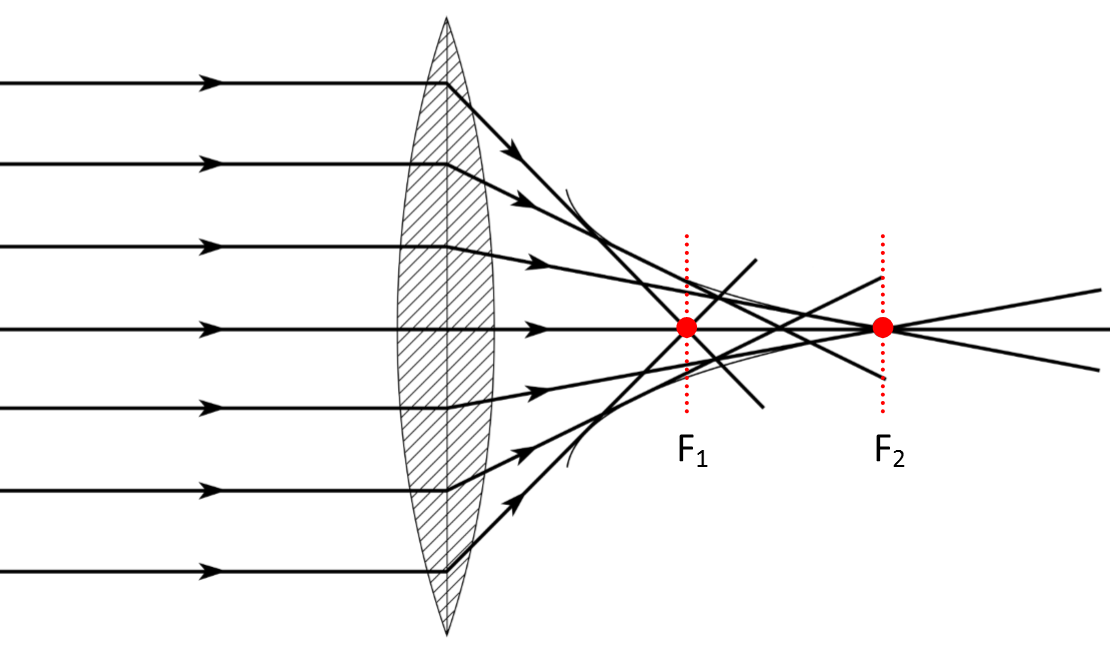An example of a reproducible modelling project
What are we doing?
This example was created for the 2021 fall lecture series of Stanford's Center for Open and REproducible Science (CORES).
A video of the talk can be found at: https://youtu.be/JAQot6b1Cng
The goal of this exemplary analysis is to explore the effect of varying different hyper-parameters of the training of a simple classification model on its performance in scikit-learn's handwritten digit dataset.
Specifically, we will study the effect of varying the learning rate, regularisation strength, number of gradient descent steps, and random shuffling of the data on the 3-fold cross-validation performance of scikit-learn's linear support vector machine classifier.
Importantly, each hyper-parameter is varied separately while all other hyper-parameters are set to default values (for details, see scripts/evaluate_hyper_params_effect.py).
Project organization
├── LICENSE <- MIT License
├── Makefile <- Makefile with targets to 'load', 'evaluate', and 'plot' ('make all' runs all three analysis steps)
├── poetry.lock <- Details of used package versions
├── pyproject.toml <- Lists all dependencies
├── README.md <- This README file.
├── docs/
| └── <- Slides of the practical tutorial
├── data/
| └── <- A copy of the handwritten digit dataset provided by scikit-learn
|
├── results/
| ├── estimates/
| │ └── <- Generated estimates of classifier performance
| └── figures/
| └── <- Generated figures
|
├── scrips/
| ├── load_data.py <- Downloads the dataset to specified 'data-path'
| ├── evaluate_hyper_params_effect.py <- Runs cross-validated hyper-parameter evaluation
| ├── plot_hyper_params_effect.py <- Summarizes results of evaluation in a figure
| └── run_analysis.sh <- Runs all analysis steps
|
└── src/
├── hyper/
│ ├── __init__.py <- Makes 'hyper' a Python module
│ ├── grid.py <- Functionality to sample hyper-parameter grid
│ ├── evaluation.py <- Functionality to evaluate classifier performance, given hyper-parameters
│ └── plotting.py <- Functionality to visualize results
└── setup.py <- Makes 'hyper' pip-installable (pip install -e .)
Data description
We use the handwritten digits dataset provided by scikit-learn. For details on this dataset, see scikit-learn's documentation:
https://scikit-learn.org/stable/datasets/toy_dataset.html#digits-dataset
Installation
This project is written for Python 3.9.5 (we recommend pyenv for Python version management).
All software dependencies of this project are managed with Python Poetry. All details about the used package versions are provided in pyproject.toml.
To clone this repository to your local machine, run:
git clone https://github.com/athms/reproducible-modelling
To install all dependencies with poetry, run:
cd reproducible-modelling/
poetry install
To reproduce our analyses, you additionally need to install our custom Python module (src/hyper) in your poetry environment:
cd src/
poetry run pip install -e .
Reproducing our analysis
Our analysis can be reproduced either by running scripts/run_analysis.sh:
cd scripts
poetry run bash run_analysis.sh
..or by the use of make:
poetry run make <ANALYSIS TARGET>
We provide the following targets for make:
| Analysis target | Description |
|---|---|
| all | Runs the entire analysis pipeline |
| load | Downloads scikit-learn's handwritten digit dataset |
| evaluate | Runs our cross-validated hyper-parameter evaluation |
| plot | Creates our results figure |
This README file is strongly inspired by the Cookiecutter Data Science Structure



